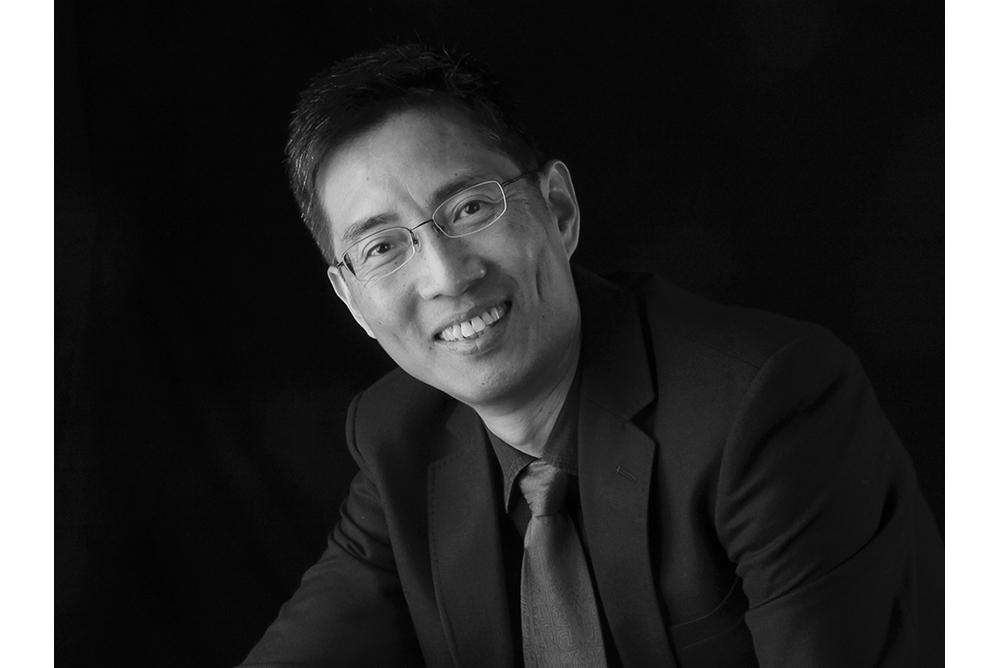Global Studies Events
[PAST EVENT] AAH Distinguished Lecture: How Was Art Electrified? The Formation of the Global Brain in China
Access & Features
- Open to the public

The W&M Department of Art & Art History Distinguished Lecture 2021-2022 presents:
Eugene Y. Wang, Abby Aldrich Rockefeller Professor of Asian Art at Harvard University; lecture titled “How Was Art Electrified? The Formation of the Global Brain in China”.
This lecture contributes to the Asian Centennial celebration at William & Mary.
Abstract: 1897 was a year that largely goes under our radar screen. In hindsight, it turned out to be a year of uncanny coincidence. Stars were aligned. In that year, Nikola Tesla (1856-1943) published “On Electricity”; China had its first native-owned power station in Shanghai; and Tan Sitong (1865-1898), a starry-eyed young reformist, wrote extensively on electricity, ether, and global psychic connectivity. Tan was executed at the age of 33 by the Qing government the next year as the Hundred Days’ Reform he had participated in failed. However, the electricity-ether-globalism meme lived on. It resurfaced a century later, in the 2012 Shanghai Biennale, on the site of the power station that was founded in 1897. Coincidentally–or perhaps not–Tesla’s avatar also showed up in the form of the Tesla Tower on the Biennale curator’s map. Stars were once again re-aligned. In-between 1897 and 2012 is thus an untold story of the formation of the global brain, borne by a charged medium, an aggregate of electricity, ether, and global consciousness, that repeatedly electrified art, and vice versa.
Speaker: Eugene Y. Wang is the Abby Aldrich Rockefeller Professor of Asian Art at Harvard University. He is also the founding director of Harvard CAM Lab dedicated to turning knowledge into experience and integrating art and digital technology. A Guggenheim Fellow, he has published extensively on Chinese art and culture ranging from antiquity to modern and contemporary periods. He is the art history editor of Encyclopedia of Buddhism (2004) and author of the prize-winning Shaping the Lotus Sutra: Buddhist Visual Culture in Medieval China. His current research centers on integral art and consciousness.
Contact
This Event Appears On
- W&M Featured Events
- Arts & Sciences Events
- Art & Art History Events
- Global Studies Events
- Modern Languages & Literatures Events
- Chinese Studies Events
- Japanese Studies Events
- Diversity & Inclusion Events
- Reves Center for International Studies Events
- Student Diversity Events
- Muscarelle Museum Events
- Asian & Middle Eastern Studies Events
- William & Mary Crim Dell Association
- Hulon Willis Association (HWA)
- LatinX Alumni of William & Mary (LatinX)
- Asian & Pacific Islander American Studies
- Asian, Pacific Islander and Middle Eastern Alumni
- Asian Centennial
- Arts at W&M
- Wellness Passport
